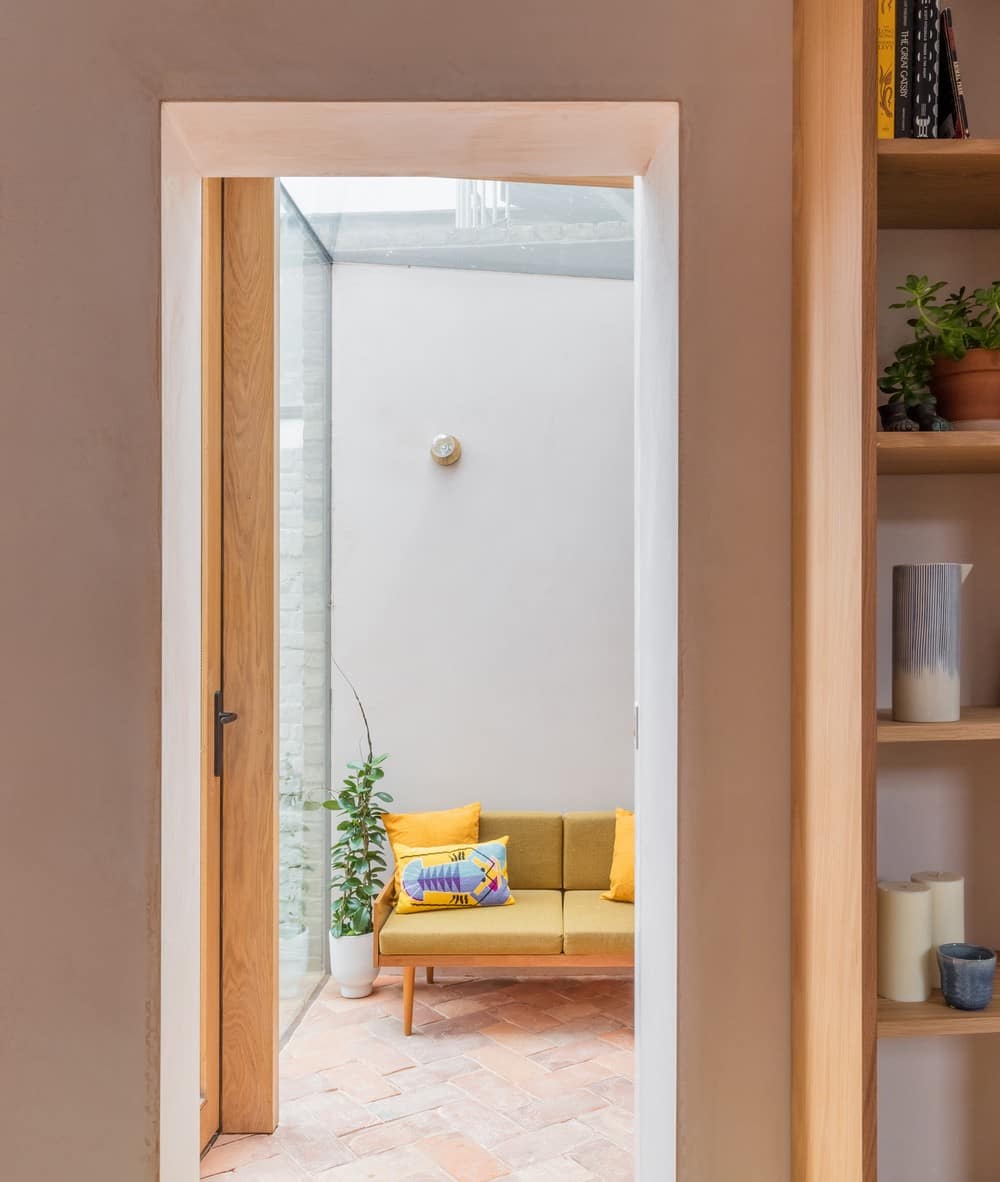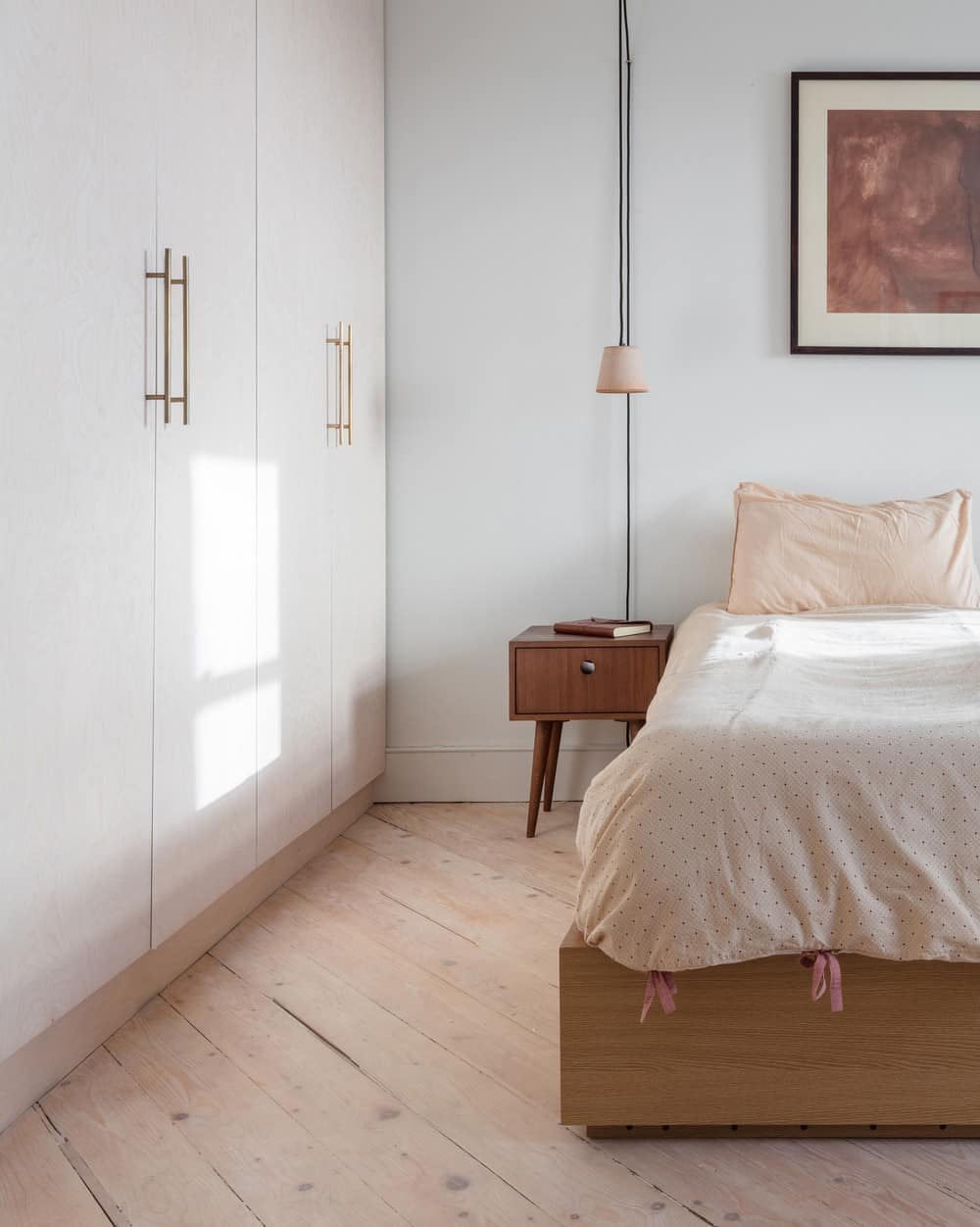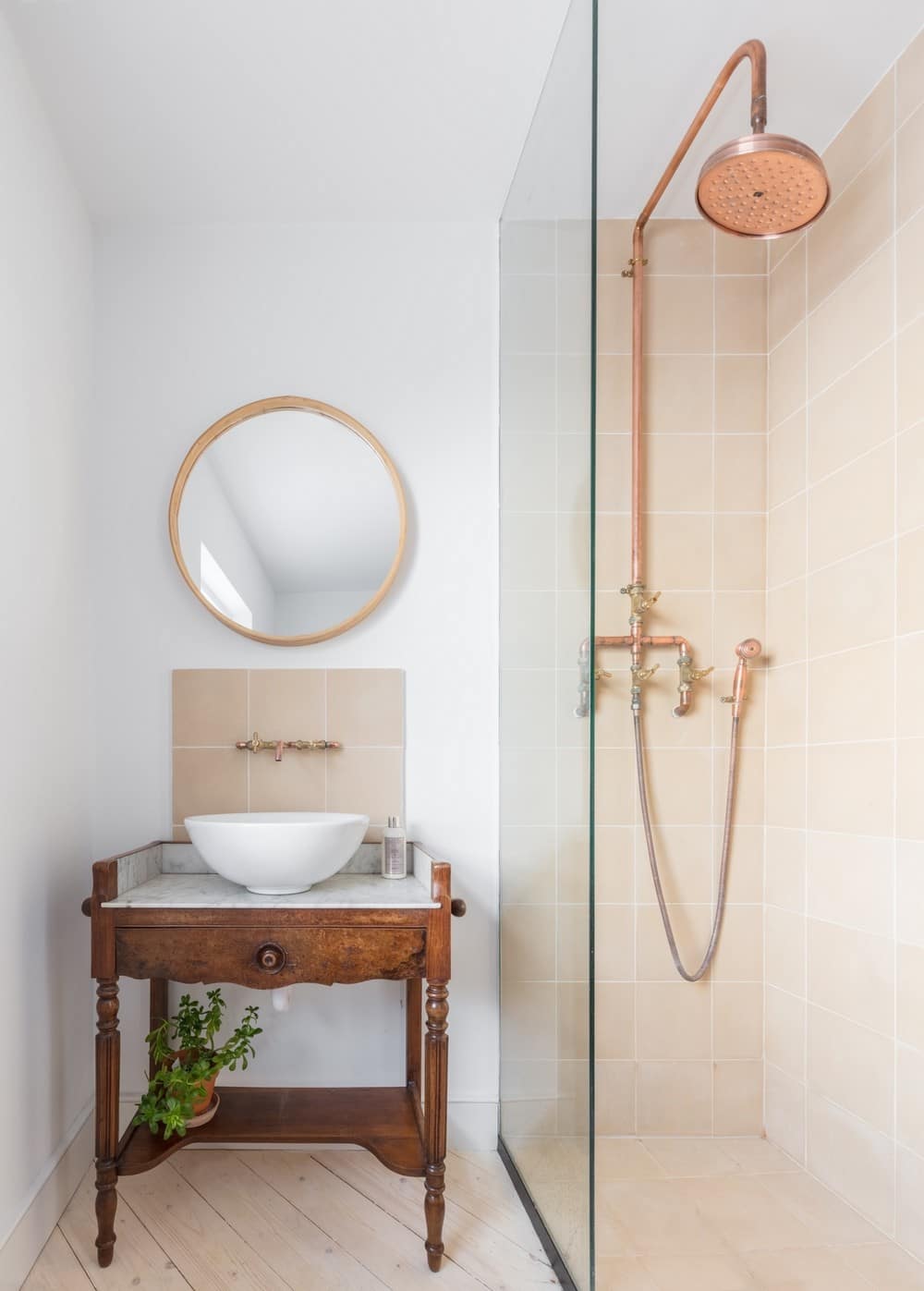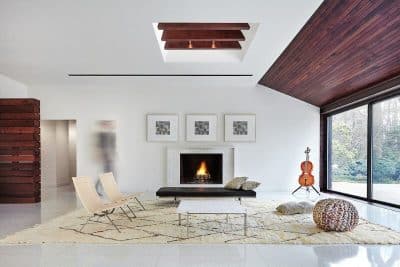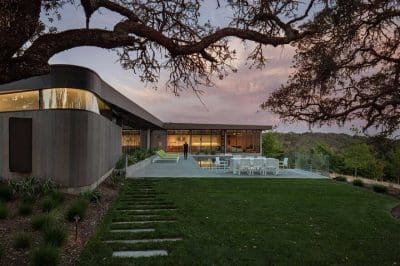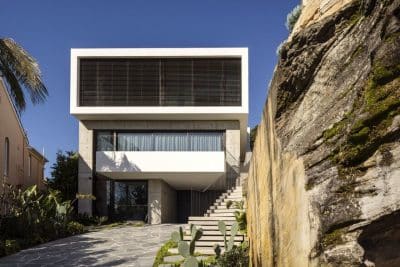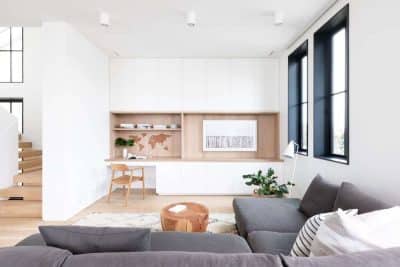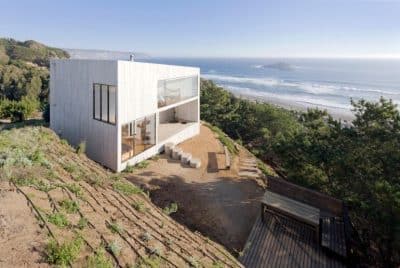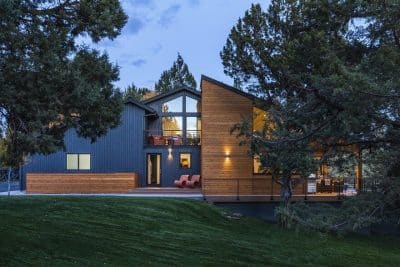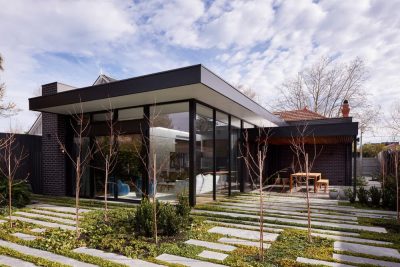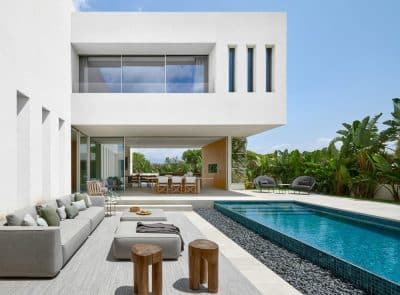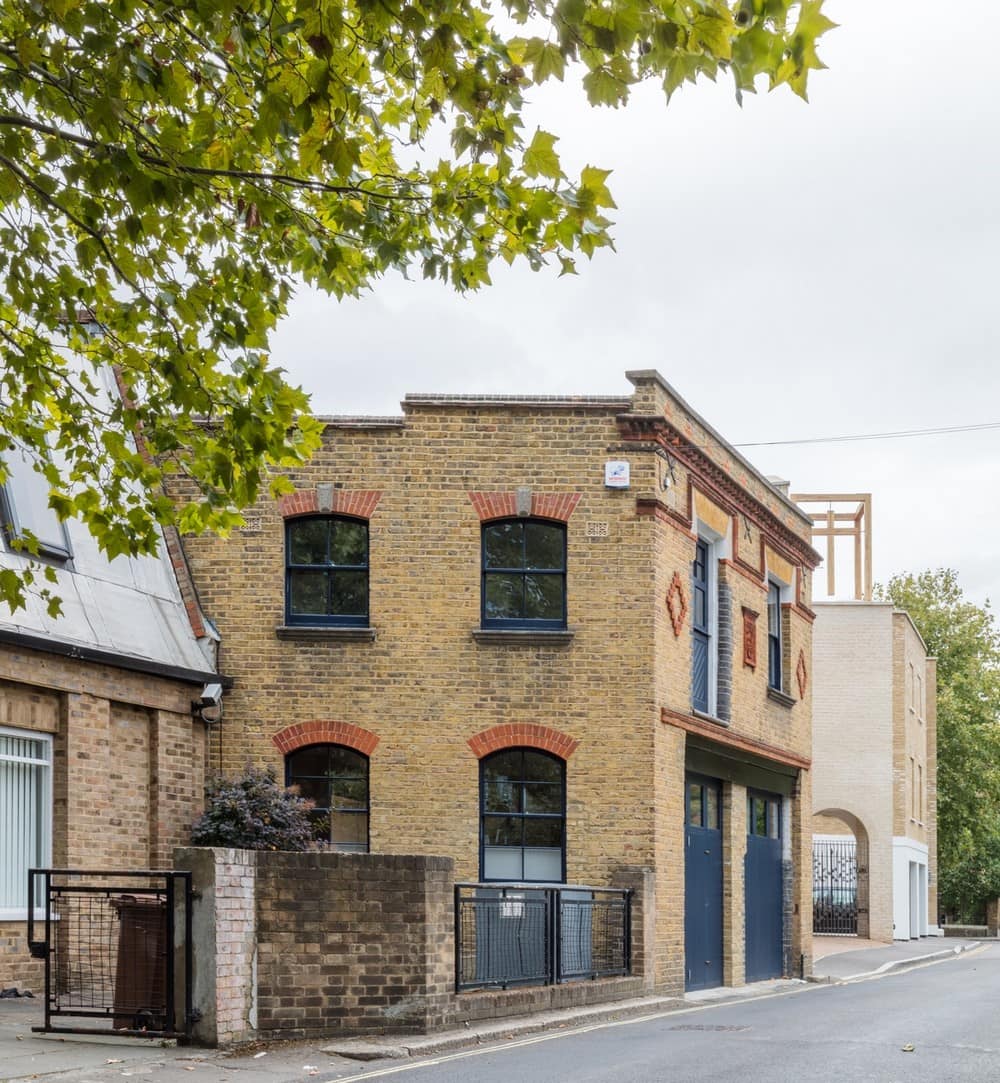
Project: A Victorian Coach House Reinvigorated
Architecture: Vine Architecture Studio
Lead Architect: Rory Pennant-Rea
Architectural Designer: Palak Jhunjhunwala
Structural Engineer: Constant Structural Design
Location: Camberwell, London, England, United Kingdom
Area: 116 m2
Year: 2018
Photo credits: Nicholas Worley, Edward Bishop
Vine Architecture Studio sought to reinvigorate the lost soul of this unloved but characterful late Victorian coach house for a young family in Camberwell, London.
The appeal of this unassuming and run-down coach house was immediately apparent. The building was converted into a residential dwelling thirty years ago and had been untouched ever since. It still echoed its late Victorian origins and function with stable doors and a first floor fireplace for the coachmen.
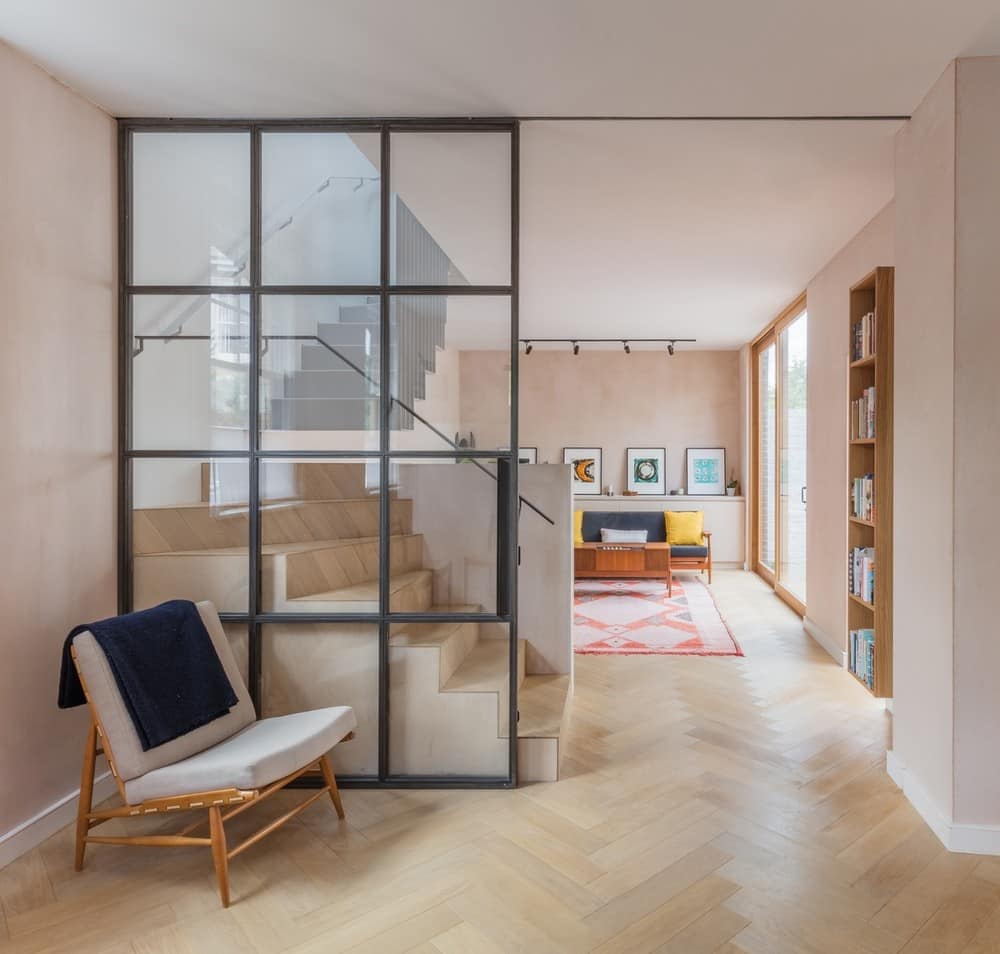
We wanted to create a practical family home that complemented the architectural spirit of the building. It was important to optimise the internal space with an open-plan ground floor combining living space and domestic functions. The only new floorspace was created by annexing a dark and unused corner of the courtyard and bringing it into the home. The resulting structural glass extension employs a light touch with continuation of the external floor and wall finishes unifying the internal space with the courtyard.
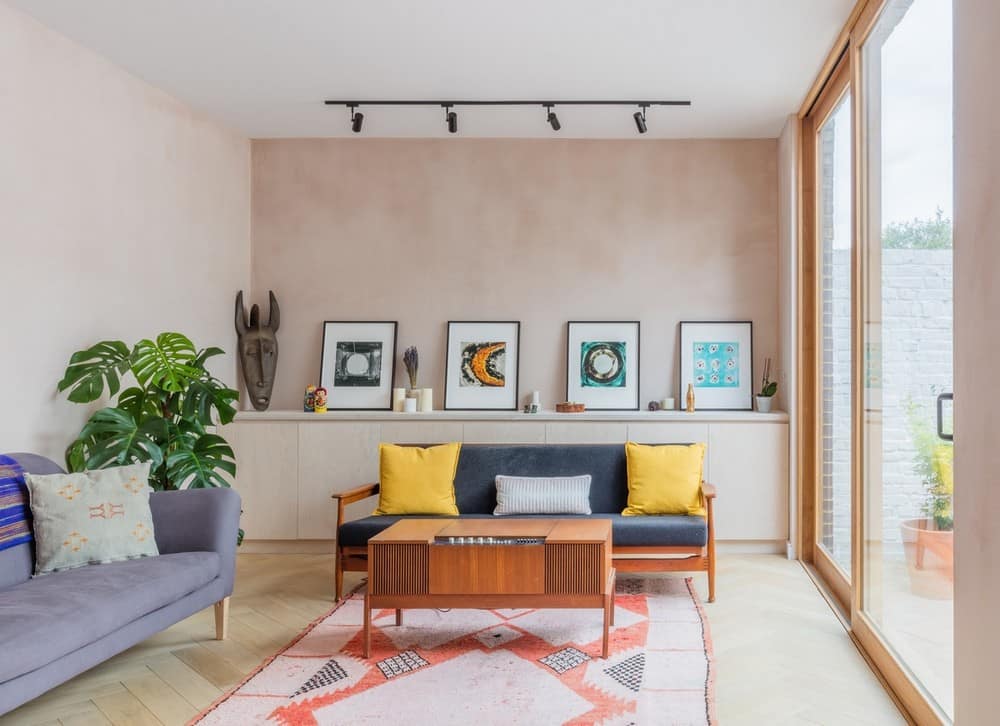
This house was about a celebration of natural materials and finishes to express their raw characteristics. We specified oak for the floor and doors, eco-concrete using recycled aggregate for the worktops, natural black oxide and wax for the steel crittall doors, exposed gypsum with a clear beeswax sealer for the walls, reclaimed terracotta for the paving, utilitarian copper pipework for kitchen and bathroom fittings and exposed birch plywood for the joinery. The natural finishes and evidence of the handmade process in the construction and application of materials bring a sense of craft to this characterful house.

By virtue of its design, the stair helps provide a sense of separation for the sitting area while still remaining open plan. It is designed in two flights: the bottom half is supported from below with a continuation of the oak herringbone floor mapping the treads and risers, while the top flight is suspended from above by slender 6mm steel fins supporting the folded steel stair. The top flight floats above the lower flight to create a sense of ethereal intrigue as natural light washes the stair from above.
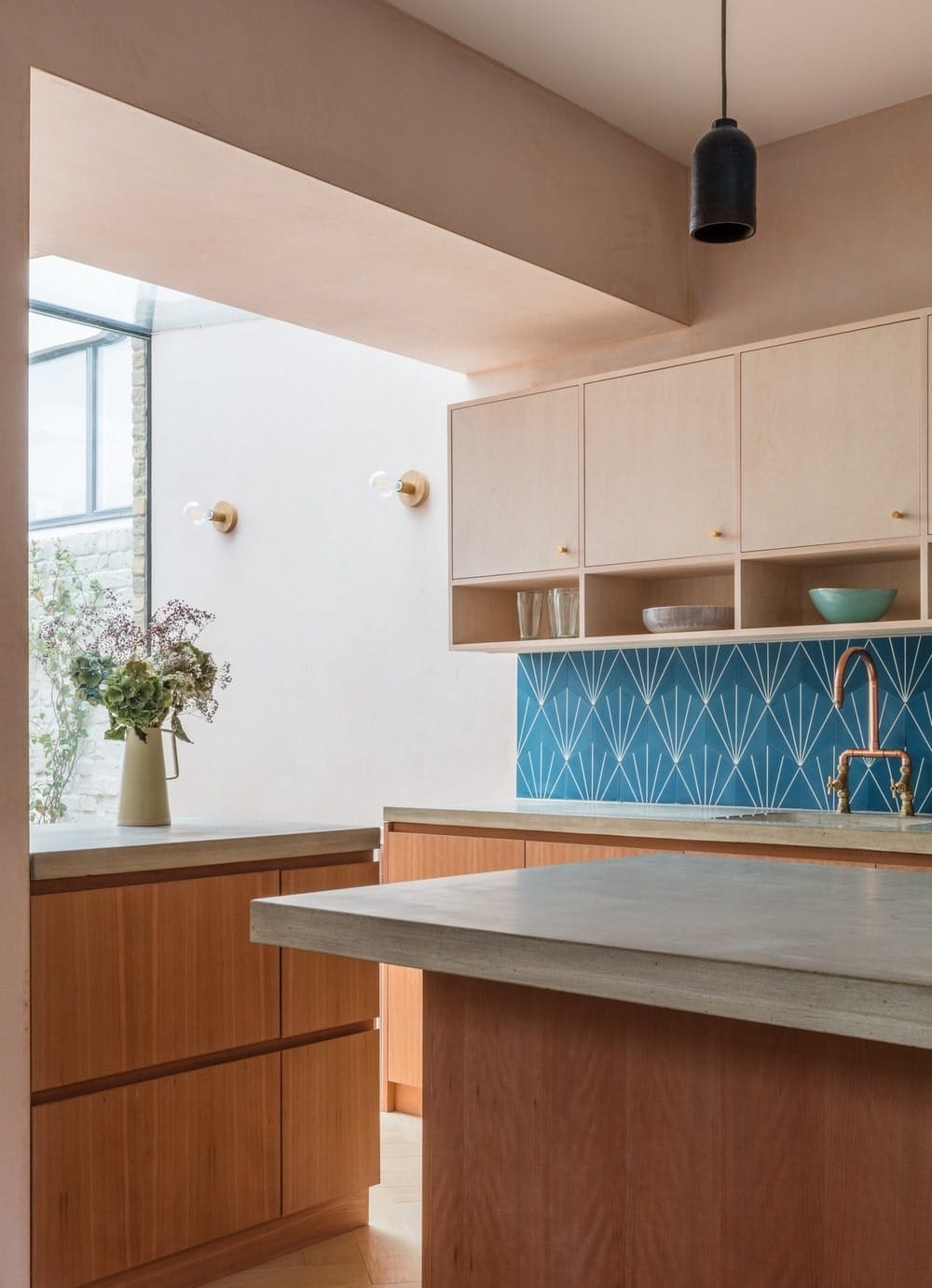
Our goal was to bring together complementary, soft and calming tones accented with splashes of colour in the fabrics and artwork. Returning from an inspiring trip to Tangier’s Foundouk Chejra textile workshops, we sourced two rugs, fabric for our bar stools, cushion covers and throws. Stepping through the house, the kitchen consists of warm cherry timber cabinets with white stained birch plywood shelves and wall mounted cupboards. The mid-century teak dining table is sourced locally as are the G-Plan dining chairs. We chose two mid-century vintage sofas for the sitting area and garden room adorned with hand cross-stitched cushions covers.
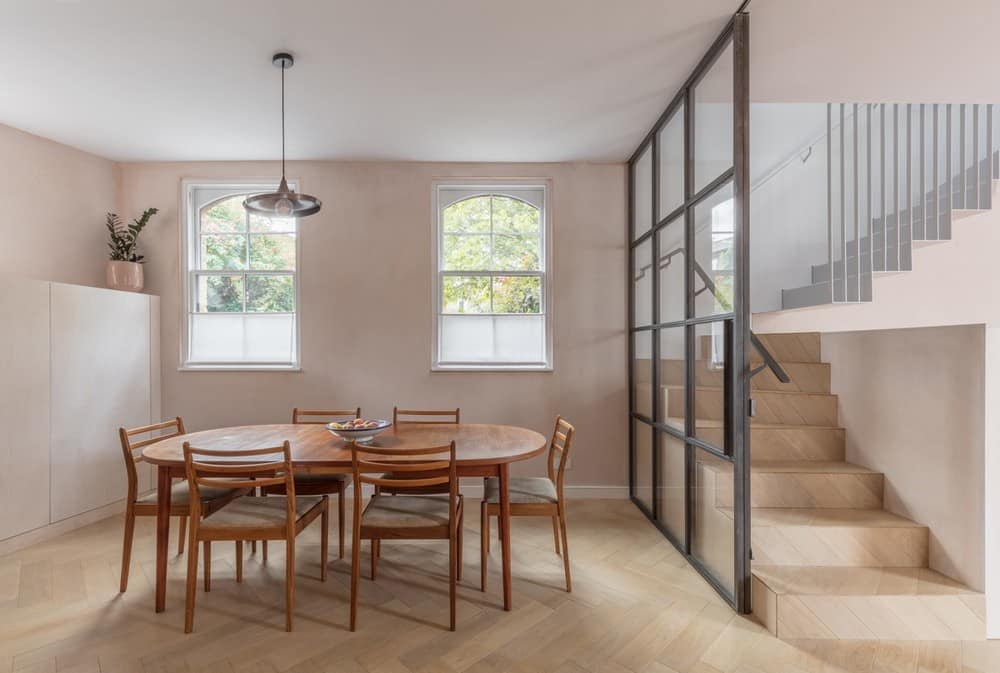
In the bedroom we specified stained birch plywood for the fitted wardrobes with antiqued brass handles to sew a common thread throughout. The bathroom tiles are encaustic cement tiles for the shower, basin and bath splashbacks. Their ‘nude’ colour, soft pigment and matt finish tying back into the exposed and naturally textured surfaces elsewhere in the interiors. The vanity unit is a re-appropriated Edwardian dressing table, more ornamental in character and with a marble top but which we felt sat comfortably in the composition with other more contemporary but timeless pieces and fittings. Other stand-alone items include a pair of Ercol 427 low slung chairs designed for comfort and to give an elevated impression of the proportions of the room in which they sit.
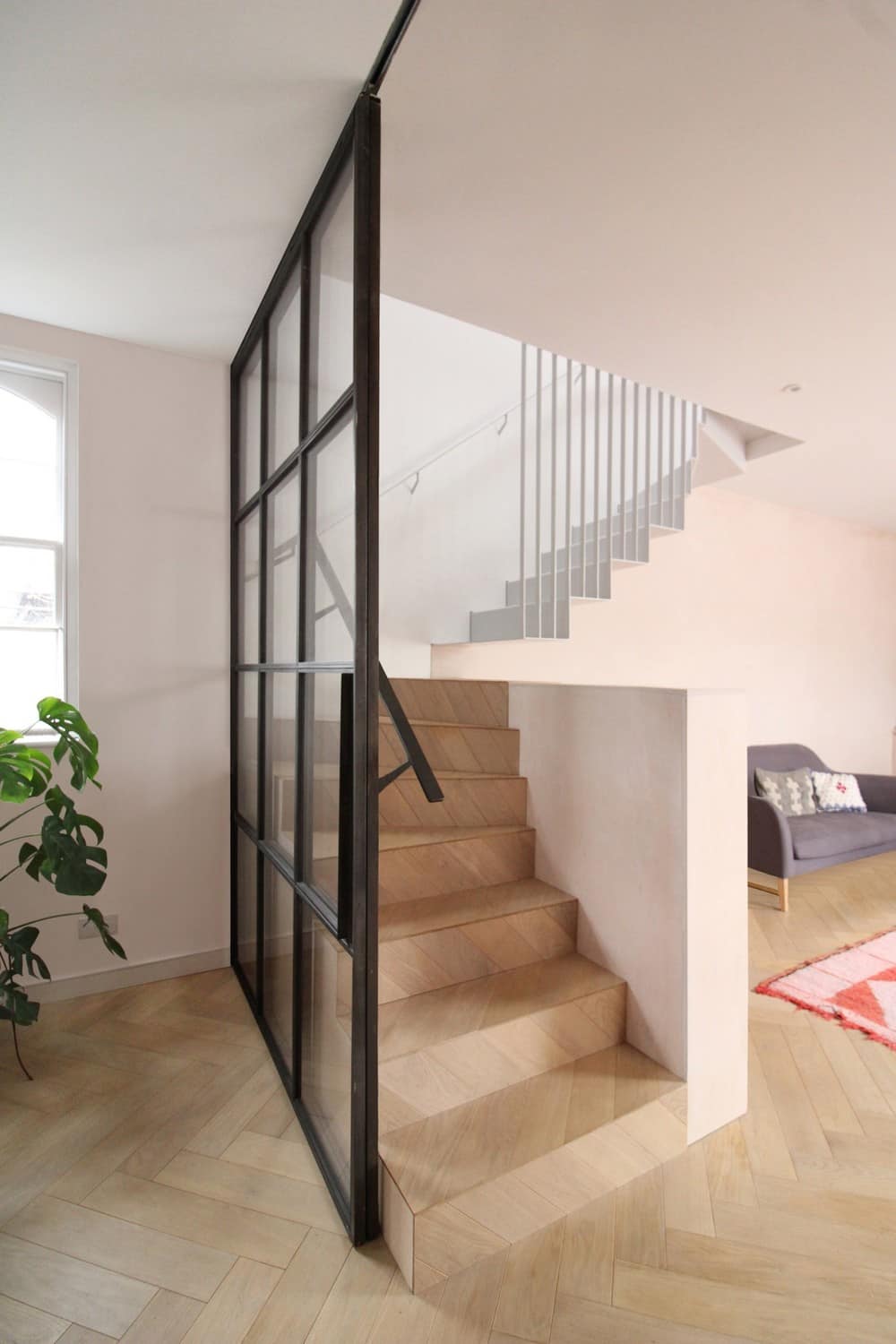
Our approach to lighting was to respect each space as having an independent function and feel. We re-purposed some clay flowerpots as bedside pendant light shades, sourced reclaimed steel gas canisters as pendants to light the kitchen island, chose minimal black spots for a strip along the back wall and exposed filament bulbs with oak and brass fittings for the garden room. 2700K dimmable LED’s cast a warm light which complements the plastered walls.
